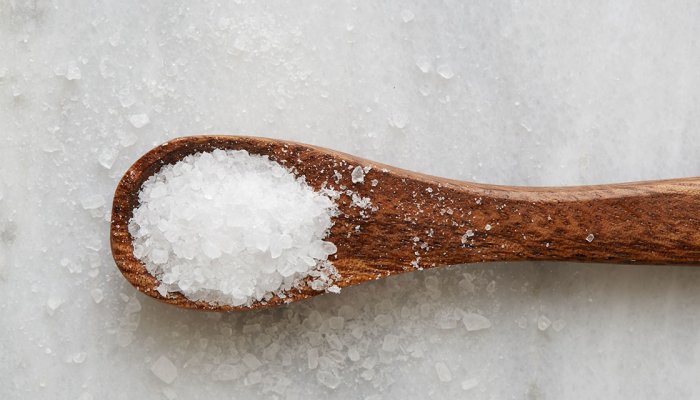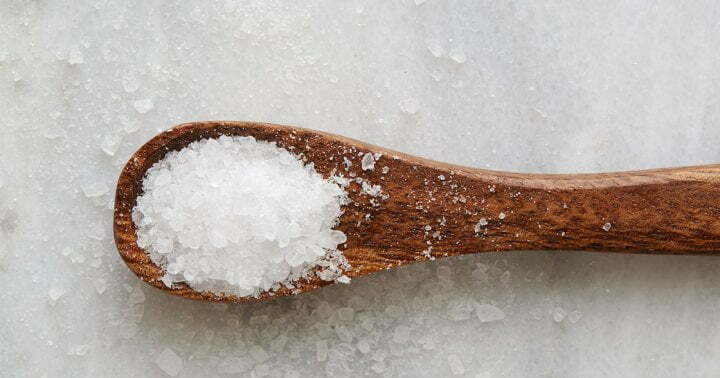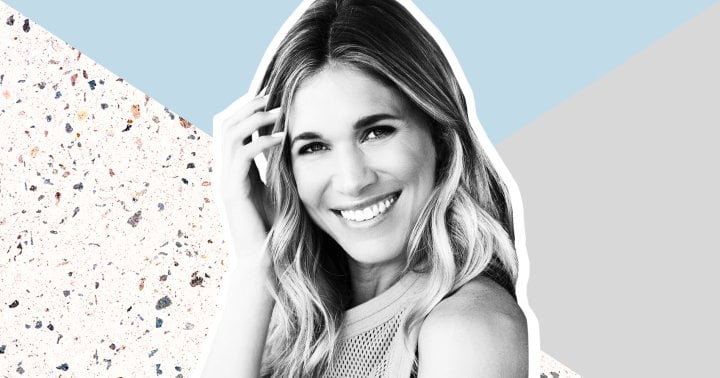There Are So Many Types Of Salt—Here’s An R.D.’s Advice On Picking One

When it comes to salt, the nutrient that probably comes to mind first is obviously sodium—but quick on its heels is probably questions about iodine: should we be worried about buying salts that aren’t iodized?
“The primary nutrient we should aim to get from salt is sodium,” says Cording, “It’s a mineral and an electrolyte, and plays an important role in supporting fluid balance in the body (hence, why there is a sweet spot and too much or too little can be problematic). It also plays a role in nerve and muscle function.”
“You do want to be mindful to use a light touch, as salt does contain a lot of sodium, and it’s recommended that healthy adults cap their daily intake around 2,300 mg (of sodium per day),” she further explains, “I also tell people not to stress about the fact that sea salt isn’t iodized. Iodine is present in a wide variety of foods, such as fish, seaweed and sea vegetables, and eggs.”
And really, you shouldn’t be looking to salt as a source of nutrients (other than that base level sodium intake): “While sea salt is often highlighted for its mineral content, I usually tell my patients to get those nutrients from other foods they’re present in rather than relying on salt,” Cording explains, “to meet those needs you’d end up having to eat a lot of salt, which would come with its own adverse effects.”
This article was originally published by mindbodygreen.com. Read the original article here.




